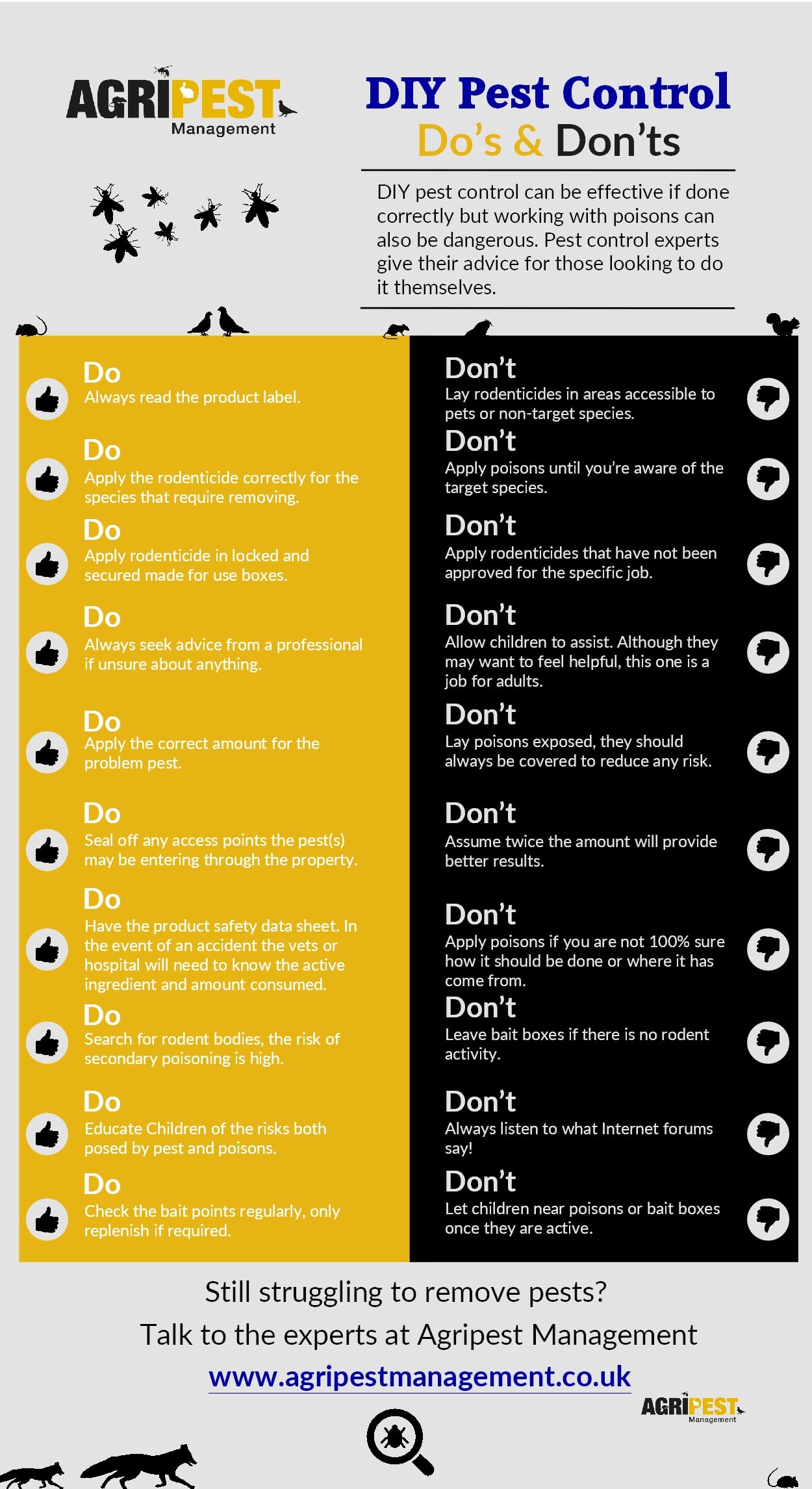Harness The Power Of Recognizing Rodent Nesting Behaviors To Outsmart These Creatures And Master Your Rodent Control Methods
Harness The Power Of Recognizing Rodent Nesting Behaviors To Outsmart These Creatures And Master Your Rodent Control Methods
Blog Article
Staff Author-Lorenzen Alston
When it concerns rodent control, understanding usual rodent actions is crucial to efficiently handling problems. Did you know that rodents have some interesting nesting habits that might stun you? By exploring their complex actions, you can gain useful understandings into just how to tackle rodent issues in a much more strategic and effective manner. So, let's untangle the enigmas behind these animals' activities and learn exactly how to outsmart them in your rodent control initiatives.
Rat Nesting Behaviors
When observing rats in their natural habitat, you'll discover that they actively choose materials to construct their nests. Rodents, such as mice and rats, are clever animals that utilize a selection of things like twigs, leaves, paper, and material to develop their homes. They're careful in their nest-building process, usually lining their nests with softer materials like fur or plumes to develop a cozy atmosphere.
Rats choose to develop their nests in surprise and safe and secure locations to protect themselves and their young from predators. Common nesting spots include wall surface cavities, attics, basements, and even within insulation materials. By creating their nests in these private locations, rodents can securely increase their spawn far from prospective dangers.
It is essential to recognize the nesting routines of rodents when executing control procedures. By interrupting their nests or getting rid of products, you can prevent rats from developing a presence in your home or property. https://communityimpact.com/houston/tomball-magnolia/housing-real-estate/2020/07/08/guide-local-business-envirocon-termite-pest-shares-5-tips-about-pest-control/ and sealing off entrance points are also essential steps in protecting against rodent infestations.
Rodent Feeding Patterns
After observing rats' nesting practices, it becomes noticeable that their feeding patterns play a vital function in their day-to-days live and actions. Rats, consisting of computer mice and rats, are opportunistic feeders, suggesting they'll eat whatever food resource is conveniently available. They're primarily nocturnal animals, preferring to forage for food during the cover of evening to prevent killers.
Rats have a diverse diet plan, ranging from grains, seeds, fruits, and vegetables to bugs, nuts, and even small pets. This versatility in their food selections permits them to thrive in various environments, consisting of city locations where human food resources are abundant.
Their feeding patterns aren't just driven by hunger however additionally by the need to stockpile food for times of scarcity. This actions is particularly recognizable in preparation for winter season or when nesting. Rodents are understood to hoard food in their nests or burrows, making certain a consistent food supply. Understanding their feeding patterns is crucial in carrying out reliable rodent control measures to interrupt their food resources and prevent problems.
Rodent Movement and Travel
Rodents navigate their surroundings with agility and stealth, using their keen detects to move promptly through their atmospheres. These animals are skilled mountain climbers, able to scale wall surfaces and vertical surfaces with ease. They can additionally squeeze through surprisingly small openings, making it essential to seal any type of prospective access factors in your house.
When it pertains to traveling, rodents tend to adhere to acquainted courses, creating tracks along walls or skirting the edges of areas. They're creatures of habit, typically sticking to these developed routes as they forage for food or explore their environments.
Rats are known for their nocturnal habits, so you may hear them scooting around at night as they search for food and water. Their motions are quick and erratic, allowing them to dart in and out of sight in the blink of an eye.
Understanding just how rats move and take a trip can aid you identify potential problem locations in your house and take proactive actions to avoid these parasites from getting a grip.
Final thought
As you work to control rodents in your home, remember that recognizing their habits is crucial. By identifying their nesting practices, feeding patterns, and movement, you can properly avoid infestations.
Coincidentally, by taking positive steps to eliminate food sources and seal off access points, you can interrupt their familiar courses and compel them to seek brand-new areas, inevitably decreasing the chance of rodent existence in your living spaces.
